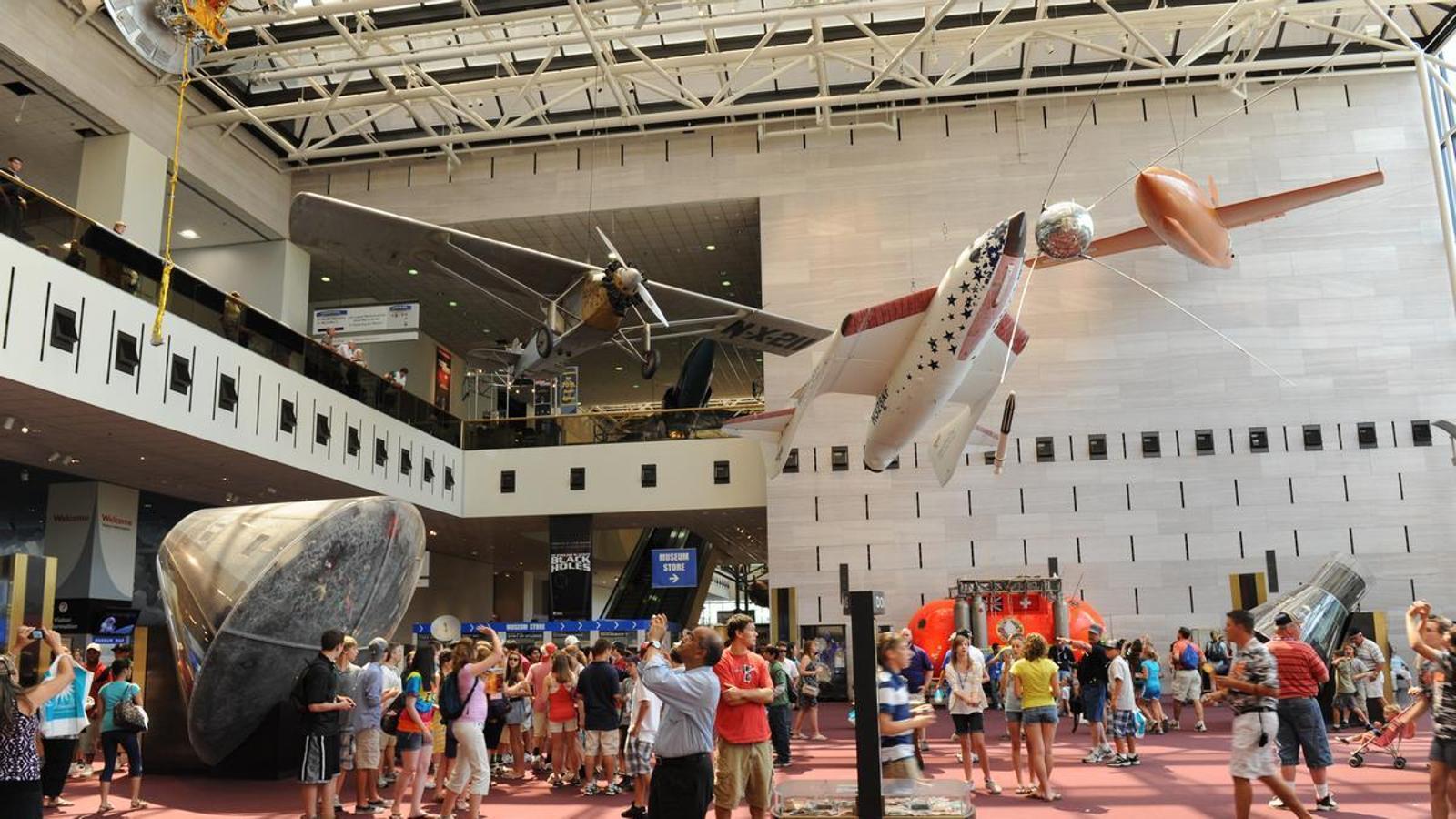The White House will review Smithsonian museum content to align with Trump's directive on American history.
The Trump administration has set a 120-day deadline to review the content and language of various exhibits.

BarcelonaThe White House has announced a comprehensive review of exhibits and materials at eight museums in the Smithsonian complex to ensure they offer "unifying, historically accurate, and constructive depictions" ahead of the 250th anniversary of the U.S. Declaration of Independence in 2026. The initiative follows a directive President Donald Trump signed in March. Restoring truth and sanity to American history, in which he accused the institution of having adopted a "divisive and race-centered ideology" and of promoting views critical of American and Western values.
According to the letter Sent Tuesday by the U.S. government to Smithsonian Secretary Lonnie G. Bunch III, the review will cover both public content—posters, wall texts, websites, educational materials, and digital content—and the museumization process, exhibition planning, and use of collections. Museums will have to submit within 30 days catalogs and programs for all current exhibitions, proposals for the next three years, and digital archives of textual materials, as well as inventories of permanent collections and lists of external collaborations. Curators and administrators will also be interviewed, and content modifications will be implemented within 120 days if the administration deems them necessary.
The first phase affects eight museums in Washington: the National Museum of American History, the National Museum of Natural History, the National Museum of African American History and Culture, the National Museum of the American Indian, the National Air and Space Museum, and the Smithsonian Hirshhorn Museum of Art. The second phase will include additional centers of the 21 that make up the complex, which is also managed by the National Zoo.
The Smithsonian is the world's largest cultural and research institution, created in 1846 thanks to the legacy of British scientist James Smithson, and brings together museums, research centers, and the National Zoo. This institution, which receives more than 60% of its budget—exceeding $1 billion—from federal funds, responded in a statement that it will review the charter and work "constructively" with the White House, Congress, and its Board of Regents. It reiterated its commitment to "academic excellence, rigorous research, and the careful and objective presentation of history."
The measure has raised concerns among historians and advocates for institutional independence. Annette Gordon-Reed, a Harvard professor and president of the Organization of American Historians, has explained to the New York Times that the content of the exhibits "should not simply reflect the preferences of an administration" and has defended the work of Smithsonian professionals in showing "the most accurate possible picture" of the history of the United States. Fellow historian Samuel J. Redman, of the University of Massachusetts Amherst, described the operation in the same publication as "a complete attack on the autonomy" of the institution.
President Trump, in parallel and linked to the commemoration of the 250th anniversary, has also promoted the creation of a working group for the anniversary and the recovery of the National Garden of American Heroes project. The administration has already closed the Smithsonian's diversity office after prohibiting diversity, equity, and inclusion programs from federally funded entities and, along the same lines, has ordered a review of signage and materials from the National Park Service.
